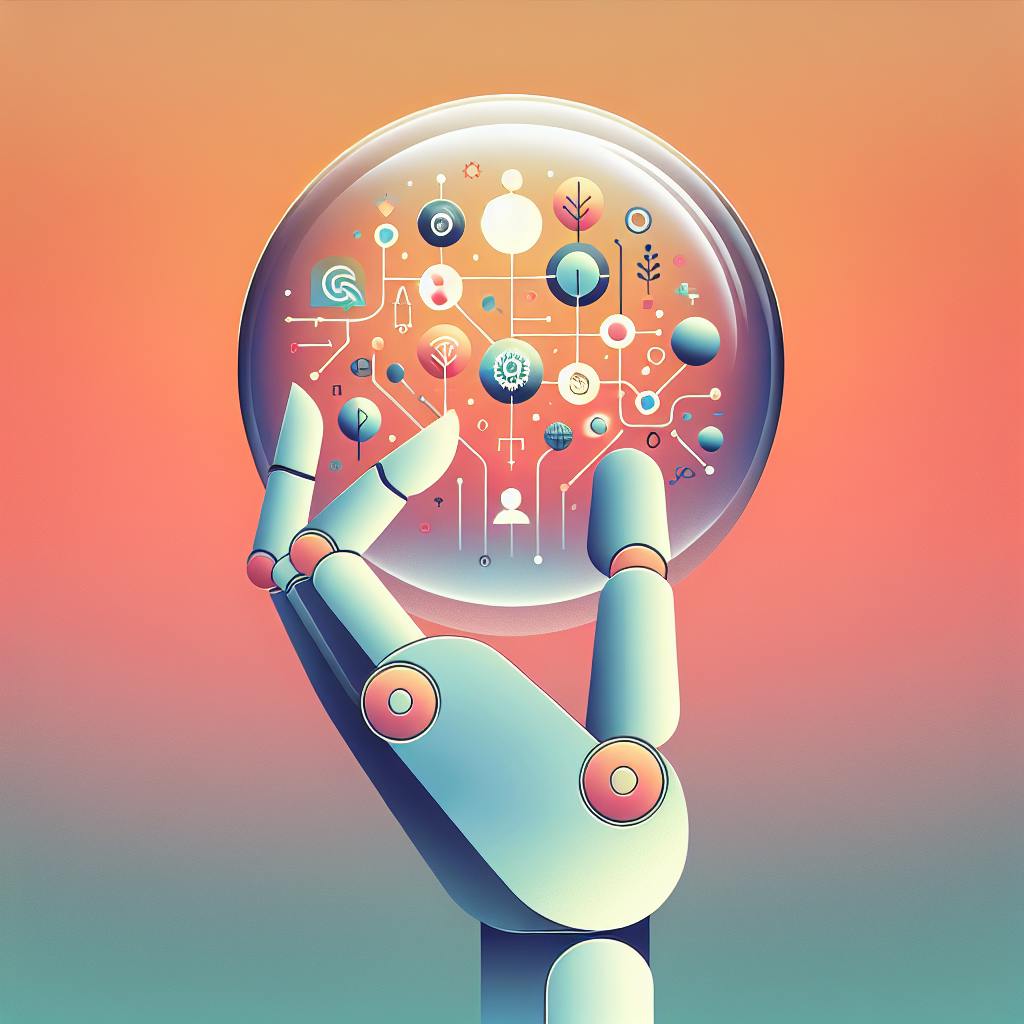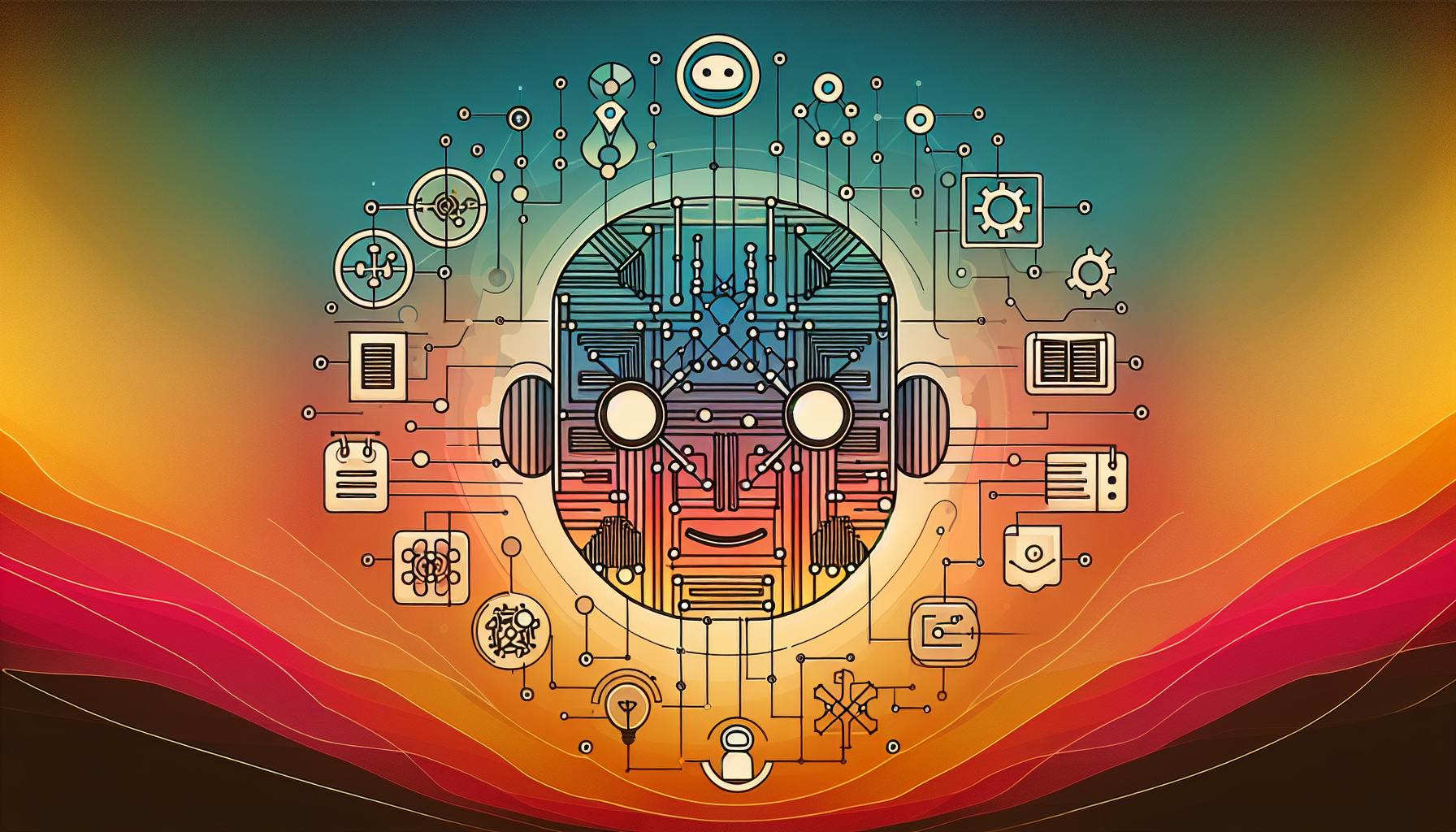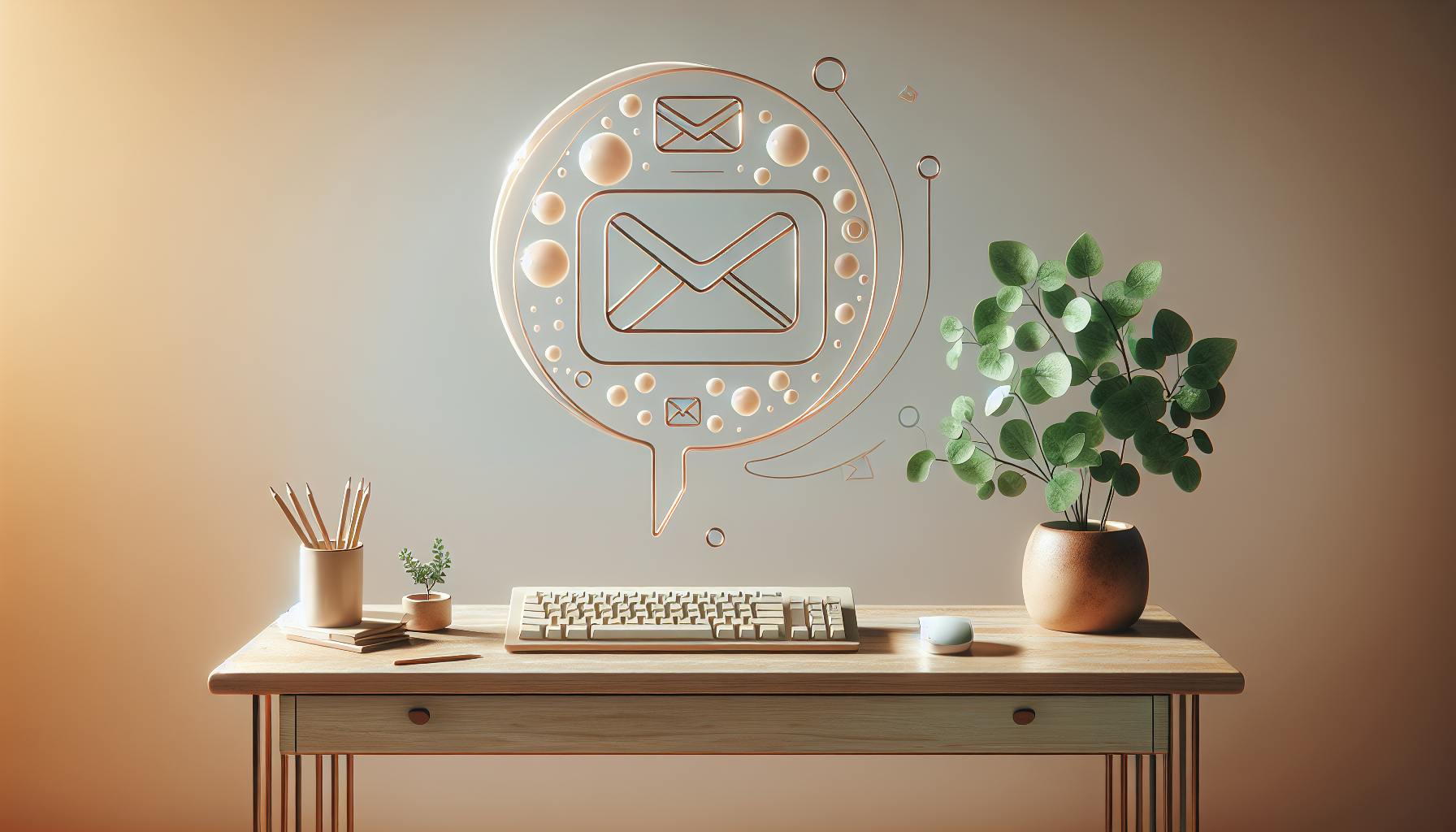Introduction
The rise of ChatGPT has shown the immense potential of large language models like GPT-3.5 for conversational AI. While ChatGPT itself is proprietary, open source AI GPT models created by the community provide new ways to customize and enhance chatbot capabilities. Open source GPTs allow virtually anyone to create specialized chatbots tailored to specific use cases and domains. This article will provide tips on leveraging open source AI GPT to build the perfect chatbot for your needs.
With open source GPTs, you're no longer limited to the generic capabilities of ChatGPT. By integrating community-built models trained on niche datasets, you can create assistant bots fluent in everything from medicine and law to programming and finance. The goal here is to empower readers with actionable insights on accessing the myriad open source GPT options to boost their ChatGPT productivity and enjoyment. Whether you want a cooking chatbot that knows 10,000 recipes, a guitar tutor that can jam any song, or a personalized life coach GPT, this guide will set you on the right path. Let's dive in!
GPTs are capable of natural language processing tasks like text classification, summarization, translation, and most famously, text generation. Through self-supervised learning on massive datasets, they gain strong language understanding and production skills.
Understanding OpenAI's GPT Technology
To understand the possibilities of open source AI GPT, it helps to first look at the technology powering ChatGPT. GPT stands for Generative Pretrained Transformer, a family of neural network models developed by OpenAI for natural language processing tasks like text generation and comprehension.
GPTs are trained on massive text datasets through a process called self-supervised learning. By analyzing huge volumes of text, GPTs learn the statistical patterns and structures of human languages. Key attributes like attention mechanisms and transformer models allow GPTs to understand context and generate surprisingly human-like text.
Over multiple versions, GPT models have grown more powerful. The release of GPT-3 in 2020 was a game changer, with 175 billion parameters and the ability to perform a wide variety of language tasks with zero to minimal prompting. ChatGPT itself is powered by a model based on GPT-3.5, an even more advanced descendant.
Comparing GPT Models
Let's do a quick comparison of the major GPT iterations:
- GPT-1 (2018): 117 million parameters, trained on 8 million web pages
- GPT-2 (2019): 1.5 billion parameters, trained on WebText dataset
- GPT-3 (2020): 175 billion parameters, trained on Common Crawl dataset
- GPT-3.5 (2021): 200 billion+ parameters, improved training of GPT-3
- GPT-4 (TBA): next evolution of GPT, may reach 100 trillion parameters!
With each version, we see massive jumps in model size, parameters and training data used. This leads to exponential gains in accuracy, context handling, reasoning ability and more human-like text generation. GPT-3 in particular stunned the AI community by producing output that rivals what humans can write, a huge leap towards artificial general intelligence.
OpenAI's API Access
In 2018, OpenAI launched their API to allow developers access to GPT models like GPT-2 and GPT-3. This opened amazing new opportunities to integrate large language models into applications. However, the API has pricing tiers and approval requirements that limit access for many. The 2022 launch of ChatGPT and its API further democratized access to generative AI. This is where open source GPT alternatives excel in providing additional customization options.
Leveraging Open Source GPTs
Beyond the proprietary GPT models of OpenAI, there is a thriving ecosystem of open source AI GPT models created and shared publicly by the AI community. These provide access to similar cutting-edge generative capabilities as ChatGPT, with the added flexibility of open source access for customization.
Options like Anthropic's Claude, Cohere, Google's PaLM and more offer alternative large language models trained on diverse datasets. Being open source allows developers to adapt these models for specialized use cases via fine-tuning on custom data. This is perfect for tailoring a GPT chatbot to niche domains and needs.
Where to Find Open Source GPTs
The open source AI community provides many avenues to explore open source AI GPT options:
- Hugging Face Hub - Leading repository of open source models like BigScience's Bloom, Anthropic's Claude.
- EleutherAI - Home of the GPT-J family of models with up to 6 billion parameters.
- Anthropic - Provides Claude and Constitutional AI models focused on safety.
- GitHub - Tons of open source GPT implementations and forks shared publicly.
- Gradio - Toolkit to easily deploy interactive demos of models like DALL-E, GPT-3, PaLM and more.
- All GPTs Directory - Comprehensive blog and guides on open source GPTs for ChatGPT.
Fine-tuning Capabilities
A key benefit of open source access is the ability to fine-tune models for increased performance on specialized datasets and domains. Techniques like distillation, prompting, pruning enable adapting these large but general purpose models to more targeted needs.
For example, an open source AI GPT model could be fine-tuned on medical datasets to create a GPT capable of conversing about health topics. The open source nature provides more flexibility to customize for niche domains versus proprietary models. However, care must be taken to monitor for potential biases that can emerge during tuning.
Integrating GPTs into ChatGPT Workflow
To leverage these open source models fully, let's discuss some tips for integrating GPTs into your core ChatGPT workflow. The key is crafting effective prompts that invoke the capabilities of customized GPTs for diverse uses.
Tools like AI Studio, Hyperthought and OthersideAI make it easy to spin up an environment with multiple models to experiment. The All GPTs Directory blog also provides guides on prompt engineering to get the most out of open source GPT integration.
Prompt Engineering Tips
Prompt engineering is an artform when tapping AI capabilities. Follow these tips for prompt success:
-
Clearly specify the model and task in instructions. E.g. "Claude, act as a doctor and diagnose this patient case:"
-
Provide examples that demonstrate the tone, depth and format you expect. For a cooking bot, give a sample recipe prompt.
-
Avoid vagueness and open-ended questions that can lead models astray.
-
Test variations to find the optimal prompts for each model.
-
Use model/task identifiers, newlines, and formatting to make prompts unambiguous.
Integration Best Practices
When integrating multiple open source GPTs, keep these best practices in mind:
- Try one new model at a time to isolate its impact and value.
- Start with GPTs proven effective for your use case before exploring newer options.
- Monitor for potential bias, toxicity and misinformation risks.
- Maintain transparency when using AI systems.
- Apply human oversight as models have flaws and limitations currently.
Use Cases and Examples
The range of capabilities unlocked by open source GPTs is astounding. Here are some examples of models specialized for various domains and use cases:
- Medicine: ClinGPT, MedGPT, Dr. GPT
- Finance: FinGPT, WallStreetGPT, CryptoGPT
- Marketing: MarkGPT, CopyGPT, AdGPT
- Tech: DevGPT, CSSGPT, TechSupportGPT
And many more for education, design, law, science, music, coaching and more.
Business Applications
For business settings, tailored GPTs can provide AI assistance for:
- Customer service chatbots like SupportGPT
- Sales bots like ChatSally
- Marketing copywriting and ad generation with AdGPT
- IT, HR and accounting assistance with HRBizGPT
- Legal research with LegalGPT
- All GPTs Directory for discovering business GPTs
Personalized Chatbots
With open source access, creating personalized chatbot companions is possible:
- Customize a virtual assistant GPT for your needs with Anthropic's Claude
- Build a tutor bot adapted to your learning style
- All GPTs Directory guides on creating your own GPT agents
Risks and Limitations
While the potential is exciting, it's important to be aware of risks with open source AI GPTs:
- Biases can emerge from flawed training data and techniques.
- Safety issues around potential misuse and harm.
- Transparency is key when deploying chatbots using AI.
- Human oversight remains necessary as these models are imperfect.
- Legal compliance must be ensured for applications.
Do exercise caution and conduct rigorous testing when utilizing open source GPTs in real world applications.
Conclusion
The world of AI is your oyster with the emergence of open source AI GPT models that augment ChatGPT capabilities. Anyone can now customize chatbots for virtually any domain by tapping into the open source ecosystem. With the right approach to integrating and prompting multiple models, you can build assistant agents tailored to your unique needs and interests. Resources like the All GPTs Directory provide the perfect starting point to continue your exploration and creation with open source GPTs. The future looks bright as advances in generative AI empower people to create AI that works for them!
Visit the All GPTs Directory today to discover the latest open source GPT options for enhancing your ChatGPT workflow.


